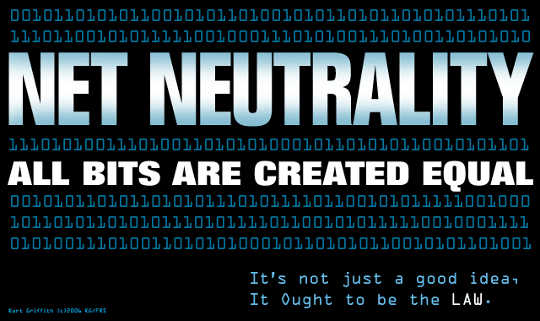
Internet providers like AT&T, T-Mobile, Verizon, and Comcast are allowing consumers to stream movies, television shows, and other digital content for free through special promotions. But is this “generosity” setting the stage for a battle among other content providers like Amazon, Hulu, and Netflix?
The fallout could be a digital marketplace with fewer consumer options, experts warn.
For a new study, researchers developed a game theory model where major content providers may be forced into a bidding war—which could lead to a monopolistic digital content landscape and test the limits of net neutrality laws.
Recently, AT&T, T-Mobile, and Verizon all implemented “zero rating” data subsidization plans, where consumers can stream digital content from selected content providers for free. The content providers pay the consumers’ data usage fees in hopes of attracting new customers.
The Federal Communications Commission is closely monitoring these practices to see if they violate net neutrality laws, which mandate that every packet of information that traverses the internet be treated equally.
“Here, they are technically being treated equally—no packet is prioritized over any other,” says Shubho Bandyopadhyay, professor of information systems and operations management at the University of Florida. “But what you’re doing is saying, ‘Consumers, this would be free and that won’t be.’ That, many argue, violates the spirit of the laws.”
Prisoner’s Dilemma
The main finding of the study, researchers say, is that the internet service provider’s profit is always maximized when the content providers are subsidizing data usage fees. Under certain market conditions, they find that both content providers would be engaged in data subsidization, when in reality neither of them would prefer to do so.
“In effect, the content providers are in a classic ‘Prisoner’s Dilemma,'” Bandyopadhyay says. “Both can afford to pay—they would prefer not to pay—but both know that if they don’t pay, the other one will and drive them out of the market. So the ISP, which knows all this before the game starts, decides on a pricing strategy that forces both of them to pay.”
A major factor in these hypothetical cases is switching costs—the cost incurred by consumers to switch content providers. If the switching costs are low, the ISP will allow content providers to engage in data subsidization. If the switching costs are high, making it difficult for consumers to switch content providers, data subsidization would not lead to significantly higher revenues for the ISPs.
One important result is that under certain market conditions, the more powerful content provider will drive the other out of the market, and leave fewer options for consumers in the long run. With one dominant content provider controlling the market, it would make it virtually impossible for new entrants to gain a foothold, Bandyopadhyay says.
“On first glance, it would be good for consumers because you can consume traffic for free,” says coauthor Liangfei Qiu. “But the variety of traffic may reduce.”
“With digital content, it’s a self-perpetuating cycle, where the stronger content provider becomes even stronger over time,” Bandyopadhyay says.
“So, in the long term, from a content diversity point of view, such arrangements make less sense. You want a company like Netflix to succeed because they did something very innovative, but you don’t want them to use their market power to preclude future competition.
Bandyopadhyay’s previous research has played a key role in the net neutrality debate. His 2012 work, “The Debate on Net Neutrality: A Policy Perspective,” was cited in Google’s presentation to the FCC advocating for net neutrality. Bandyopadhyay hopes the FCC will consider this research before making any policy decisions.
“The difficulty in such situations is who knows what may happen in the future. Content might be disseminated in a very different way, and there might be different kinds of ISP competition in the future. So you cannot regulate future innovation based on what exists currently.
“But, in a market environment where one content provider becomes overwhelmingly large, it becomes very difficult for somebody else to come in, and that provider becomes a virtual monopoly.”
Source: University of Florida
Related Book:
at InnerSelf Market and Amazon

























